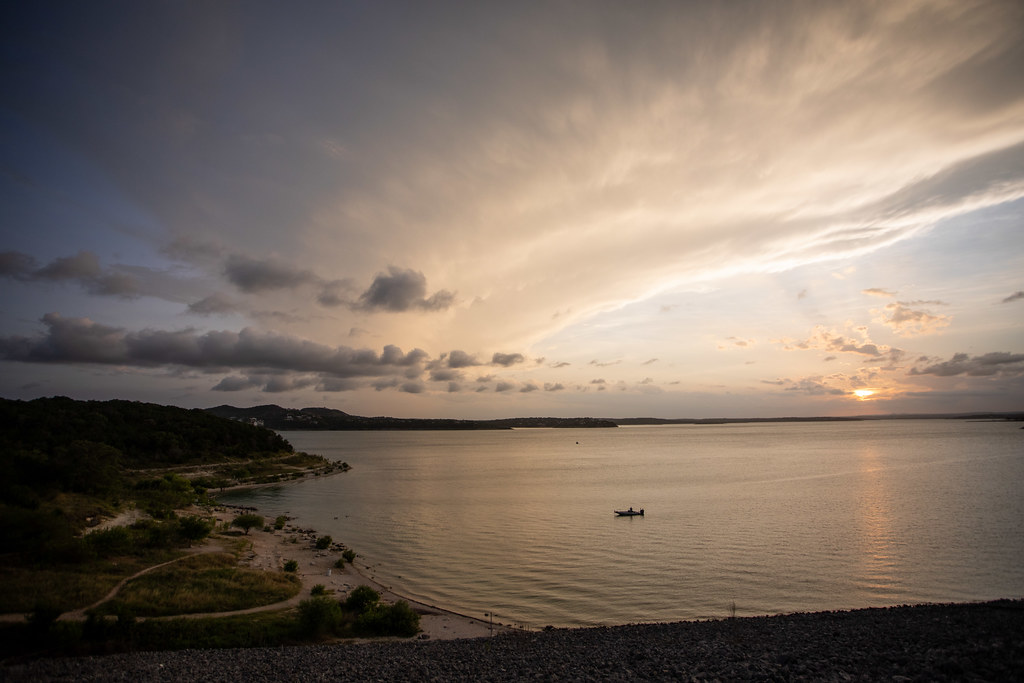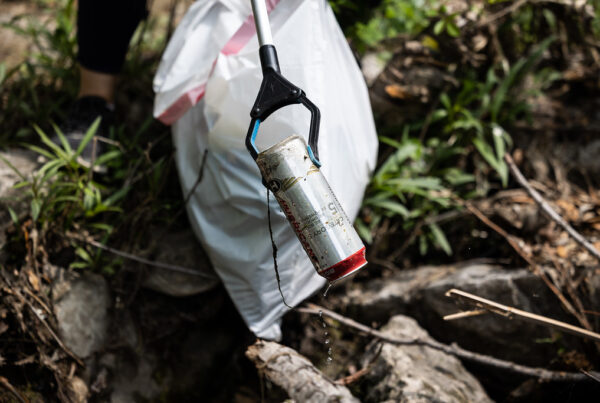As we approach Earth Day this weekend, it’s worth taking a moment to appreciate the environment around you.
The Hill Country is one of the most biodiverse areas of Texas, and biologist David Hillis has spent the better part of five decades studying it. Now, he’s sharing his knowledge in a new book, “Armadillos to Ziziphus: A Naturalist in the Texas Hill Country.”
The book – featuring engaging essays and photographs – is an introduction to all things Hill Country, from microorganisms living in mud puddles to oak trees and Texas cattle. Hillis joined the Texas Standard to share more.
This transcript has been edited lightly for clarity:
Texas Standard: You’ve been a biologist for the better part of five decades. Tell us a little bit about your career and what led you to writing this book in the first place.
David Hillis: Well, I spent almost all of my career at the University of Texas, and a lot of that spent in the Texas Hill Country, both working on scientific research projects as well as owning and operating a ranch in the Texas Hill Country. I know a lot of people here who love the Texas Hill Country, and they’re always interested in learning more about what they see.
And I wrote this book so that it would help people better appreciate the Texas Hill Country, its natural beauty, things that they are familiar with – like, say, bluebonnets and armadillos – to things that they may see but not really fully understand. And telling them a little bit more about the backstory of all of that natural diversity.
All right. Well, pardon me, but what is Ziziphus?
Ziziphus – I deliberately put that in the title so that it would be something people are familiar with, like armadillos, to something they weren’t. Ziziphus is the genus of Lotebush, which is a thorny bush that some people might not fully appreciate, but it’s a very important food for a lot of wildlife. Humans actually traditionally eat it as well, and it provides important cover for quail. So it’s an example of a kind of species that landowners might initially think they want to get rid of because it looks like a thorny bush. And I tried to tell them about some of the interesting, important aspects about it and why it’s important to our wildlife.
I know that as a naturalist, you probably have a sense of how unique or not Texas’ Hill Country is. Could you do an encyclopedic A to Z of other places in Texas, or is there something that stands out about Hill Country when it comes to its biodiversity?
Well, there’s a lot of interesting places about Texas, so I think it would be interesting to look at many of them. But the Hill Country is special in that it’s one of the only biogeographic regions that occurs entirely within Texas. And it’s extremely diverse and has animals and plants that are typical of the eastern United States, the western United States, the mountains of Mexico and the Great Plains all come together in the Hill Country.
So in the process of researching this book, did you you come across some particular species or critter or plant that you had not encountered before, and you sort of had to learn from the bottom up?
Well, a lot of it’s about species that I’ve worked on on various research projects over the years. But I do talk about some things that are only very recently discovered. I talk about some of the species that live deep in the aquifers under the Hill Country and how they have just recently come to light. And I even talk about some there’s a beautiful plant called Llano Uplift San Mint that has a beautiful flower on it, and yet it went unrecognized until really quite recently by biologists.
You know, over the years, if you think about how much development has been encroaching on some of the wild land in Texas, quite often some of these lesser-known species are brought up – and Texas Hill Country or this particular area that may be a target for developers – you know, the red flags go up. It’s like, if you get rid of this land, you start paving over it, we’re going to lose speciation. We’re going to lose some species here. How much of that is a problem, and to what extent is it affecting development in Hill Country?
Yes, the development is certainly a big concern in the Hill Country, and a lot of the issues surrounding development concern changes in water use and patterns, and of course, the water that falls on the Hill Country ends up feeding into the Edwards Aquifer. And the Edwards Aquifer is either directly or indirectly the water source for virtually all our freshwater in Texas. So it’s used by the groundwater supplies for people who live in the Texas Hill Country. And then it issues forth from springs and feeds into the freshwater rivers that supply most of the rest of Texas with freshwater.
And so the impact on the land, it matters not just to the animals and plants that live there, but to all of the humans of the Hill Country and the whole state of Texas. So a lot of the issues concerning conservation and wildlife and the conflicts with development are not just about a single species, but they’re about the interaction of the species with the environment as a whole and with the environmental resources that the species require.
Was that part of the reason you wrote this book? I’m just curious about what you were intending as a kind of takeaway after someone has read.
Well, I wrote it for a number of different reasons. But one of the target audiences is landowners who are interested in maintaining some of the beauty of the Hill Country. And so since I’m a ranch owner myself, I’m very attuned to those issues and working on restoring and bringing back some of the species that we’ve lost in the Hill Country or that have greatly declined over the years.
And so many of my neighbors, when I talk to them, they’re concerned about these issues, and they notice that species are going away that they remember from their childhood. Fireflies, for instance, are something that everybody loves and remembers fondly from their youth, and yet they’ve declined dramatically across the Hill Country, as they have across much of the United States. And so I talk about some of the things we can do to reverse that and bring those species back.
Texas Horned Lizards, or horny toads, are another common example. Everybody who’s my age remembers playing with horned toads and in their youth. And yet today it’s very difficult to even find one. So I talk about some of the things that have happened that have caused their decline and some of the things we can do to reverse that and bring those species back.














